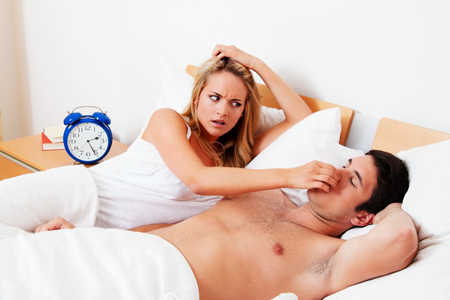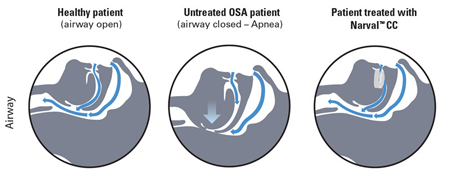Obstructive sleep apnea is a serious medical condition which can cause cardiovascular problems, fatigue, depression, headaches, mood swings and even eye problems. This type of sleep apnea occurs when throat tissue and muscles relax and block the air passage during sleep. Because breathing pauses occur often during sleep, it is of utmost importance to seek medical treatment for this sleep disorder. Sleep apnea can affect anyone, from babies to elderly, which is why doctors are in constant search for the best OSA treatment.

One of the most commonly used devices in OSA treatments are Cpap nasal masks. Known as the continuous positive air pressure, nasal cpap is the most efficient non-surgical treatment. It provides constant flow of air and prevents breathing pauses and loud snoring. Because some OSA patients experience slight difficulties with cpap machines, many manufacturers now offer CPAP machines which come with various cpap nasal mask models that fit very well and do not leak. Depending on your preferences, you can choose the type of nasal mask that best suits you. It is important to choose a cpap nasal mask that fits well, otherwise OSA treatment will not be as effective. Every nasal cpap is designed to relieve sleep apnea symptoms, which is why they are most commonly used and recommended by doctors.
Aside from Cpap nasal masks, there is a new OSA treatment which also proved effective in minimizing OSA symptoms – Provent therapy. Provent therapy, unlike nasal cpap, does not require mask and simple to apply, yet very effective. These nostril patches use patient’s own breathing to keep the airway open and provide constant air flow. Patches are put over each nostril and they acts as valves, creating a little bit of back pressure to prevent the tissue in the throat from collapsing and to keep the airway open.

Oropharyngeal exercise is another new OSA treatment. This exercise helps reduce the symptoms of the sleep apnea as it strengthens the oropharyngeal muscles. With the help of a speech therapist, the exercises is easily done and consists of suction, swallowing, chewing, breathing and speech activities. This type of treatment requires dental device that keeps the jaw in normal position and the airway open. Mandibular advancement device and tongue retaining device are the most commonly used to relieve the symptoms and improve the quality of sleep. It is recommended to practice Oropharyngeal exercise 30 minutes every day to prevent snoring, daytime fatigue and irregular breathing during sleep. Many OSA patients find this treatment very effective.

